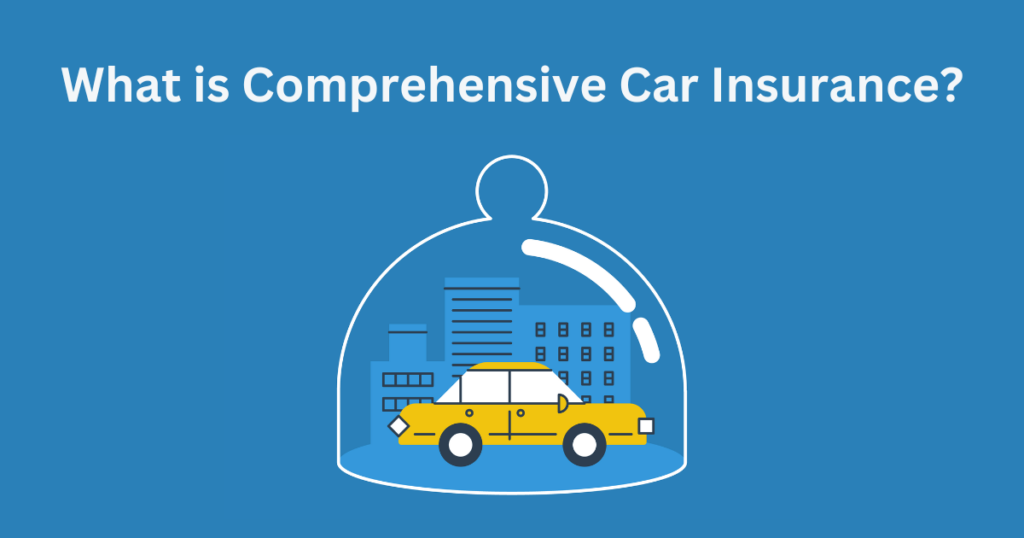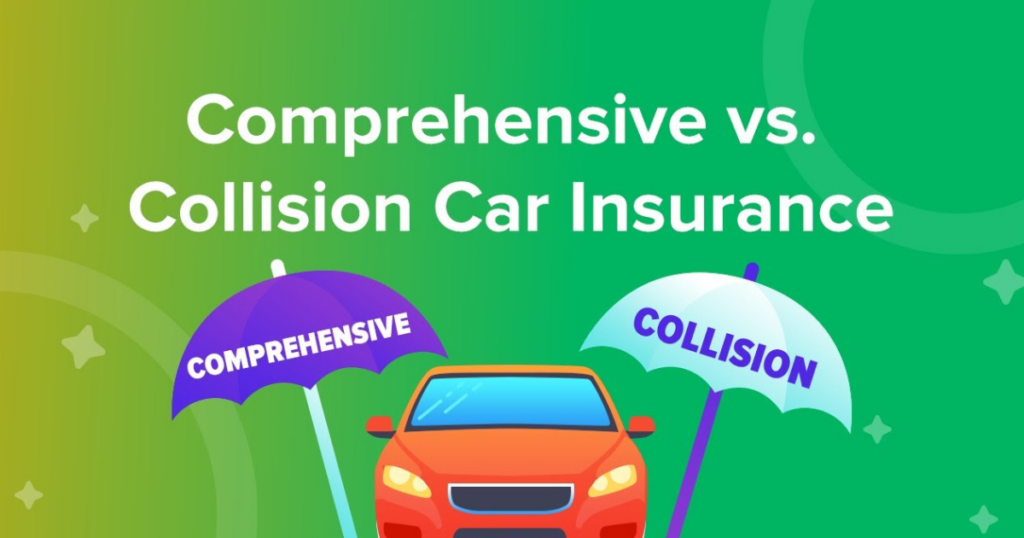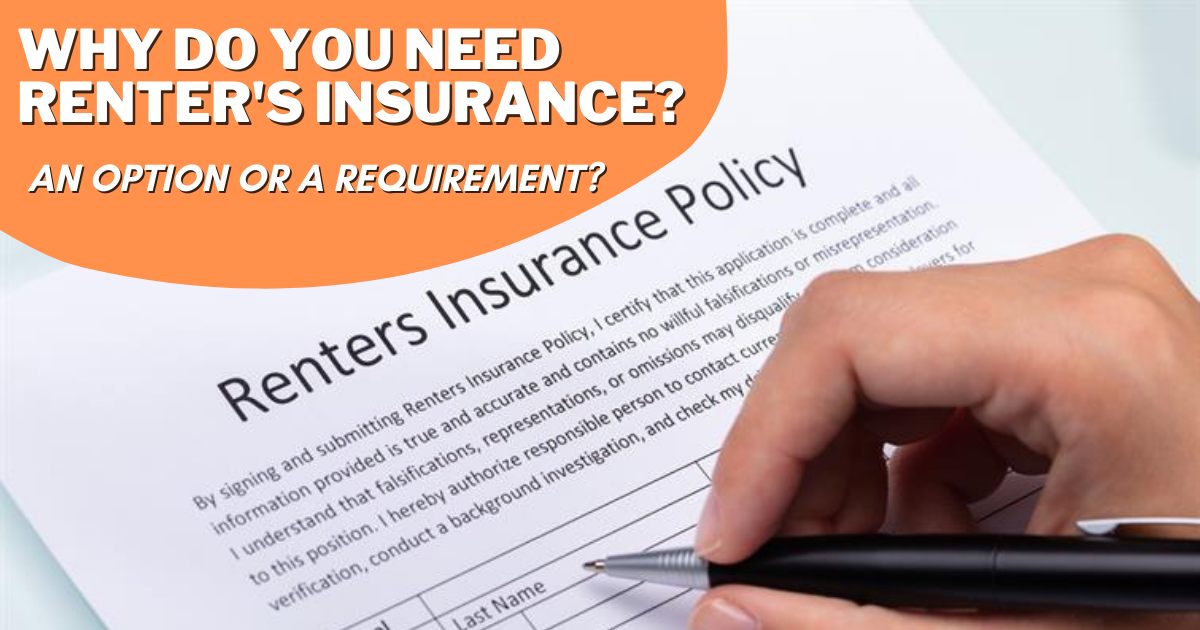
Comprehensive car insurance covers the repair or replacement costs when your vehicle is involved in an accident or theft that is not a collision. For example, comprehensive coverage would cover the damages if you hit an animal while driving. However, if you swerve and hit a tree instead, comprehensive coverage will not apply because this type of accident is considered a collision with an object.
Terminology To Know
- Full Coverage Insurance: A combination of car insurance coverage types. Typically, it includes comprehensive, collision, and liability car insurance, but other state-mandated coverage types may be included.
- Collision Insurance: Pays for car repairs from traffic-related accidents. Most insurers package collision and comprehensive coverage (i.e., you can’t buy one without the other).
- Claim: A formal request to the insurance company asking for a payment based on the terms of the policy.
- Out-of-pocket: This is the money you are required to pay in the event of an insurance claim.
- Actual Value: The market value of your car in its current condition (before the damage).
- Deductibles: The amount you’re on the hook for before your insurance company pays to cover car repairs or replacement costs. The higher your deductible, the lower your car insurance cost — but the more you’ll pay out of pocket if you make a claim.
- Coverage limit: The highest amount your insurer will pay for a claim your insurance policy covers. Think of it this way: It’s like filling up a fishbowl. If you file a covered claim, your insurance policy will pay up to a certain amount. You’re responsible for any expenses that exceed the limit.
Damages Covered (And Not Covered)

The following table summarises what comprehensive car insurance covers and what it doesn’t.
| Pays for: | Doesn’t Pay For: |
| Theft Vandalism Fire Natural Disasters (e.g., hurricanes) Falling objects (e.g., tree limbs) Damage by animals Civil disturbances (e.g, rioting) | Anything in the event of a collision Damage to your car Damage to the other car Medical Expenses Normal wear and tear |
Deductibles and Limitations
Comprehensive Coverage Deductible
A deductible is the amount you pay out of pocket towards a covered claim. It is the amount you’ve agreed to pay before the insurance company starts paying for damages. You can think of it as how much financial risk you would be willing to take in the unfortunate case of an accident. Typically, the more risk you’re willing to take (higher deductible), the lower your insurance cost.
Your insurer will offer comprehensive deductible amounts in set increments, such as $500, $1,000, or $1,500. Choosing a higher comprehensive deductible generally means your premiums will be lower, which can save money upfront.
However, you may have to pay more for a covered claim. Similarly, choosing a lower comprehensive deductible means the amount you pay for coverage will increase. Your agent can help you determine what deductibles and limits fit your needs.
Comprehensive Coverage Limit
This is the maximum amount your policy will pay toward a covered claim. This limit is typically the actual cash value of your vehicle (Note: remember that the comprehensive deductible and limit are separate from your policy’s collision deductible and limit).
Examples to Help You Understand
- Stolen vehicle: Reimbursement = (your car’s depreciated value – your deductible).
In other words, to replace your stolen vehicle with a newer make and model, you would most likely have to spend out of your pocket in addition to the reimbursement from your insurer. - You had a $200 deductible. A fallen tree limb later damages your car. If it costs $3000 to repair, you would pay your $200 deductible, and the insurance would cover the remaining $2800.
Normal Procedure of Comprehensive Car Insurance
Continuing the example above, suppose you wake up to find your car’s front end crushed by a rogue tree limb that snapped after a particularly nasty storm. Here is how comprehensive car insurance would work and what you would need to do:
- Take pictures of the damage.
- Call your insurer. You can be reimbursed for repairs if you file a claim. If you also pay for roadside assistance, your insurer will even pay to tow your car to a repair shop.
- Your deductible is $200 (fairly low risk), so you file a claim.
- Your insurance company will send an insurance adjuster to inspect your car and estimate initial repair costs. Suppose the adjuster’s estimate is $3000.
- If you choose the insurance company’s recommended repair shop, you should let them tow your automobile there. You are welcome to bring your own mechanic, but using the one recommended by your insurance company is the best bet; they will stand behind the work they do for as long as you own the vehicle, and you will only have to pay them once.
- While your vehicle is being repaired, your insurance company can cover the cost of renting a replacement vehicle if you purchase rental reimbursement coverage as an add-on.
Cost of Getting Comprehensive Car Insurance
It is best to look at full coverage insurance when comparing the cost of comprehensive car insurance. This is because, more often than not, you cannot buy comprehensive coverage on its own; in many cases, you need to buy collision coverage too. The vice versa is true as well. Most auto lenders require both, or your insurer requires one before you can buy the other.
Prices can vary considerably because insurers base their rates on several factors outside the insurance policy you buy (such as what car you drive, where you live, and theft rates in your area).
Comparing Insurances

| Comprehensive Insurance | Collision Insurance | |
| What is covered? | Damage to your car from non-collision incidents such as fire, theft, fallen objects, etc. | Damage to your vehicle from a collision with another vehicle, another object, or single-roll-over accidents. |
| What is not covered? | 1. Damage to another person’s vehicle. 2. Medical expenditures (yours, your passengers, the other driver, or the other vehicle’s passengers). 3. Normal wear and tear. | 1. Damage to another person’s vehicle. 2. Medical expenditures (yours, your passengers, the other driver, or the other vehicle’s passengers). 3. Normal wear and tear. |
| Required or Optional | Optional. Except when leasing or financing the vehicle. | Optional. Except when leasing or financing the vehicle. |
| Deductible | Yes. | No. |
| Coverage Limit | Actual cash value. | Actual cash value. |
Do You Need Comprehensive Coverage?
If you are having trouble deciding whether or not to go with comprehensive coverage, the following are some things to consider.
A Requirement by the Car’s Lender
Your lender may insist that you maintain both collision and comprehensive coverage on your vehicle while it is still owed, whether leasing or financing. This circumstance might leave you with no option but to purchase both insurances.
Your Vehicle’s Age and Value
Comprehensive coverage is more expensive than the bare minimum. Comprehensive coverage is not required if your car has been paid off. If your car is old and undervalued, the cost is not justified. But if your car is relatively new, would you have the money to fix or replace it if it were stolen or damaged in an accident? Purchasing optional coverages, like comprehensive coverage and collision coverage, could be a wise investment if you cannot pay that much.
The Annual Premiums
The Insurance Information Institute recommends multiplying your annual comprehensive and collision coverage premium by 10. Do you think your vehicle is worth less than that? If that’s true, collision and comprehensive insurance might not be the best value. That’s why it’s a good idea to discuss the pros and cons of adding these protections to your auto insurance plan with your provider.
Other Factors
Some other factors might decide whether the savings from not carrying this coverage would offset the risk of paying for repairing or replacing the vehicle in the entirety of the value. They are as follows:
- Living in an area prone to harsh weather and catastrophic events.
- Living in an area with a high theft rate.
- How much are you willing to pay out of pocket in case of not getting this insurance? Can you afford it?
FAQs
How much comprehensive insurance do I need?
You are automatically covered by comprehensive insurance up to the market value of your car minus your deductible. Therefore, you only have to decide whether you need comprehensive insurance and how much of a deductible you want.
Is comprehensive coverage full coverage?
Not exactly. Full coverage insurance is a combination of insurance coverage types. Typically, it includes comprehensive, collision, liability insurance, and any other coverage types required by your state.
Conclusion
Where buying a car is a big enough decision, deciding whether or not to get this significant expenditure insured is important all in itself. Prepare for any mishap down the road by preparing for it today by investing in the required insurance for you as well as your family.




